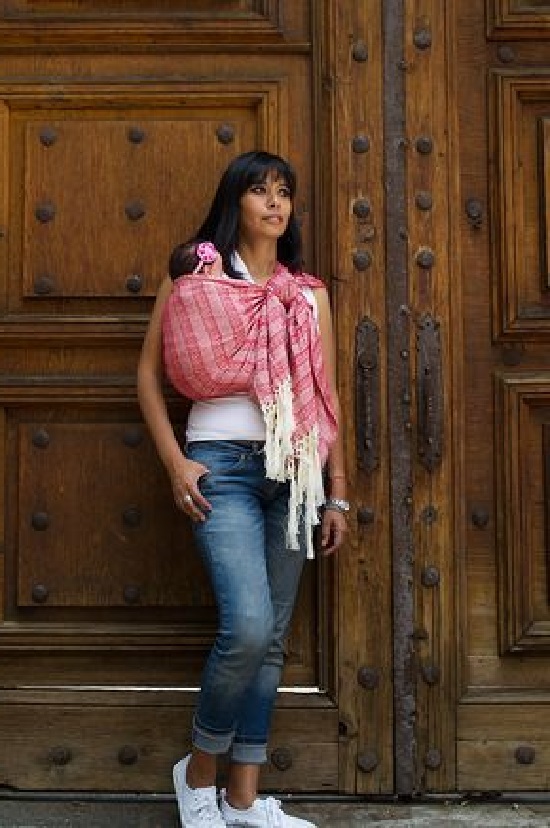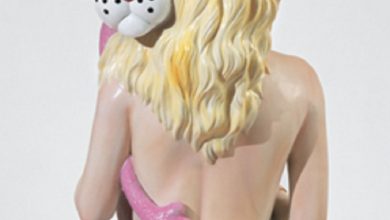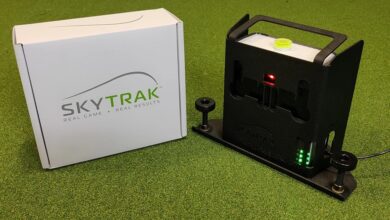
The world of baby carriers is vast and varied. Especially in recent years, the availability of items and products has increased dramatically, going far beyond the traditional baby carrier that we all know.
How to choose a baby carrier
A new parent approaching babywearing for the first time, attracted by this comfortable, educational “practice” and by now known psychophysical advantages, may feel perplexed, disoriented, even frightened. In particular, if you choose to use a baby carrier.
The first advice I can give to all parents, as an expert on the subject, is to be assisted and trained, who will be able to accompany them to the best in the test and in the choice of the different baby carriers.
The choice of the most suitable baby carrier for individual and personal needs is undoubtedly the starting point for practicing a healthy, safe and satisfying babywearing with your children. And this choice is a delicate moment, often driven more by commercial logic than physiological or ergonomic.
It is obvious that not all the baby carriers currently available on the market are the same. They differ a lot from each other in various aspects: the materials, the design, the texture and the quality of the fabrics.
All factors that inevitably influence the success of this important experience, both for parents and for the child.
It is essential to orient yourself, immediately, on high quality supports as Rebozo, thus avoiding the purchase of obviously cheap products. Not only would we risk not being able to use them in the best possible way, but they could also invalidate our and our child’s safety.
Another warm advice is to avoid baby carriers that allow and suggest the position of the child “forward” (facing the world). Another very important factor to consider is that, for example, not all baby carriers are suitable for carrying babies: some supports are more complex, others more immediate. Some are more enveloping, others less restraining.
In any case, cradle supports are not recommended because they do not respect the delicate physiology of the newborn.
You will find some useful tips to start orienting yourself in the vast world of baby carriers and to give you an idea of the one that best suits your needs.
Let’s start from the assumption that the babywearing allows children to be kept in the safest and most expensive place for them: the body of their parents!
And in terms of the baby carrier, it is essential to choose an ergonomic support, or rather that it respects the delicate physiology of newborns and children, but also the physiology of the wearer, thus making the babywearing experience comfortable and safe for both.
The long baby carrier bands, as well as all the other ergonomic supports make it possible to carry the child high and close to his body, in a comfortable and safe situation.
The parent, while bringing his child, is able to monitor him continuously and instinctively, without the help of external tools. By observing and perceiving his breathing, his position and his movements, he learns to recognize his signals and to respond promptly to all his needs.
Most baby carriers can also be used with newborns. However, ergonomic baby carriers are not recommended in the first few months, unless using special models and the necessary precautions.





